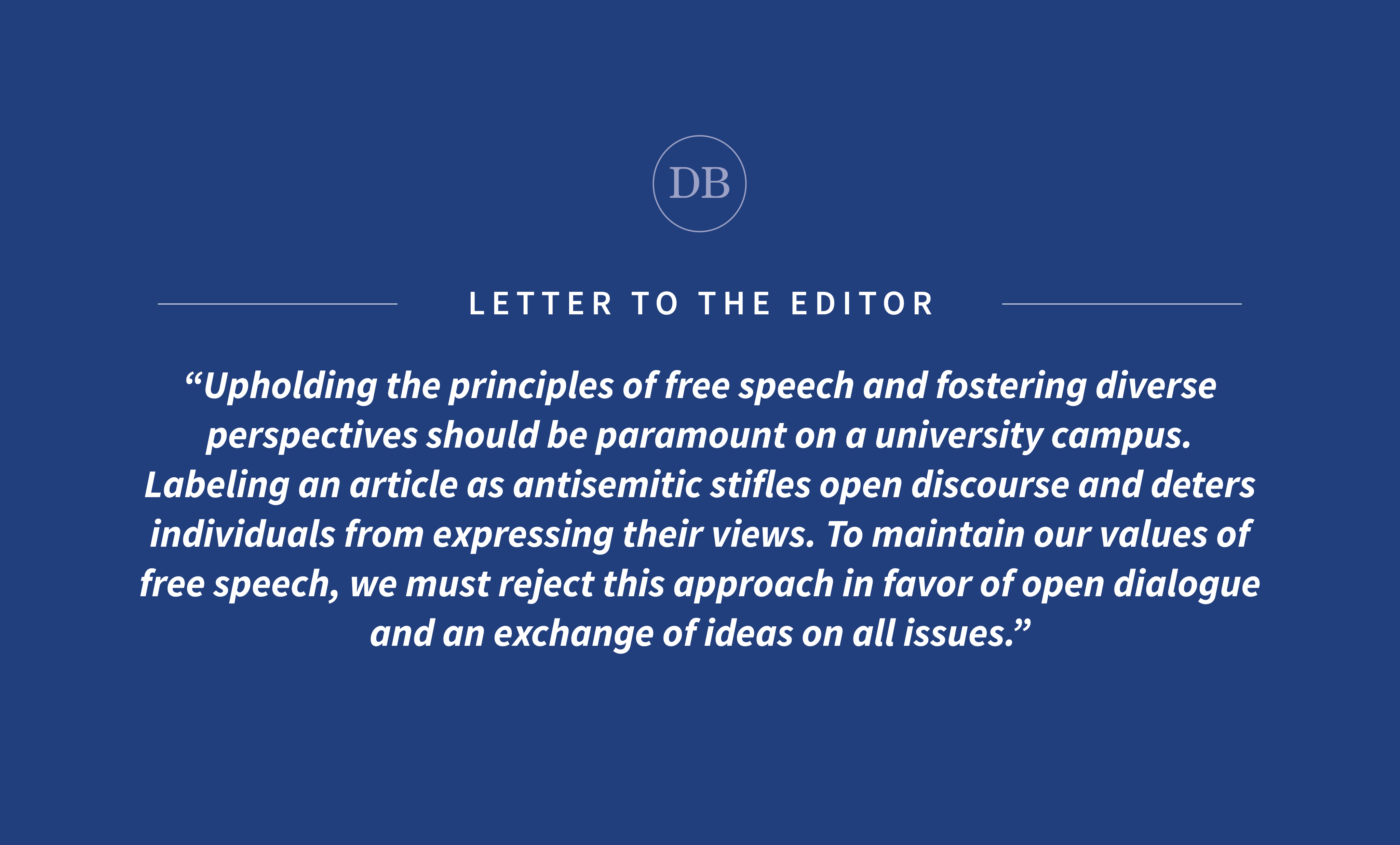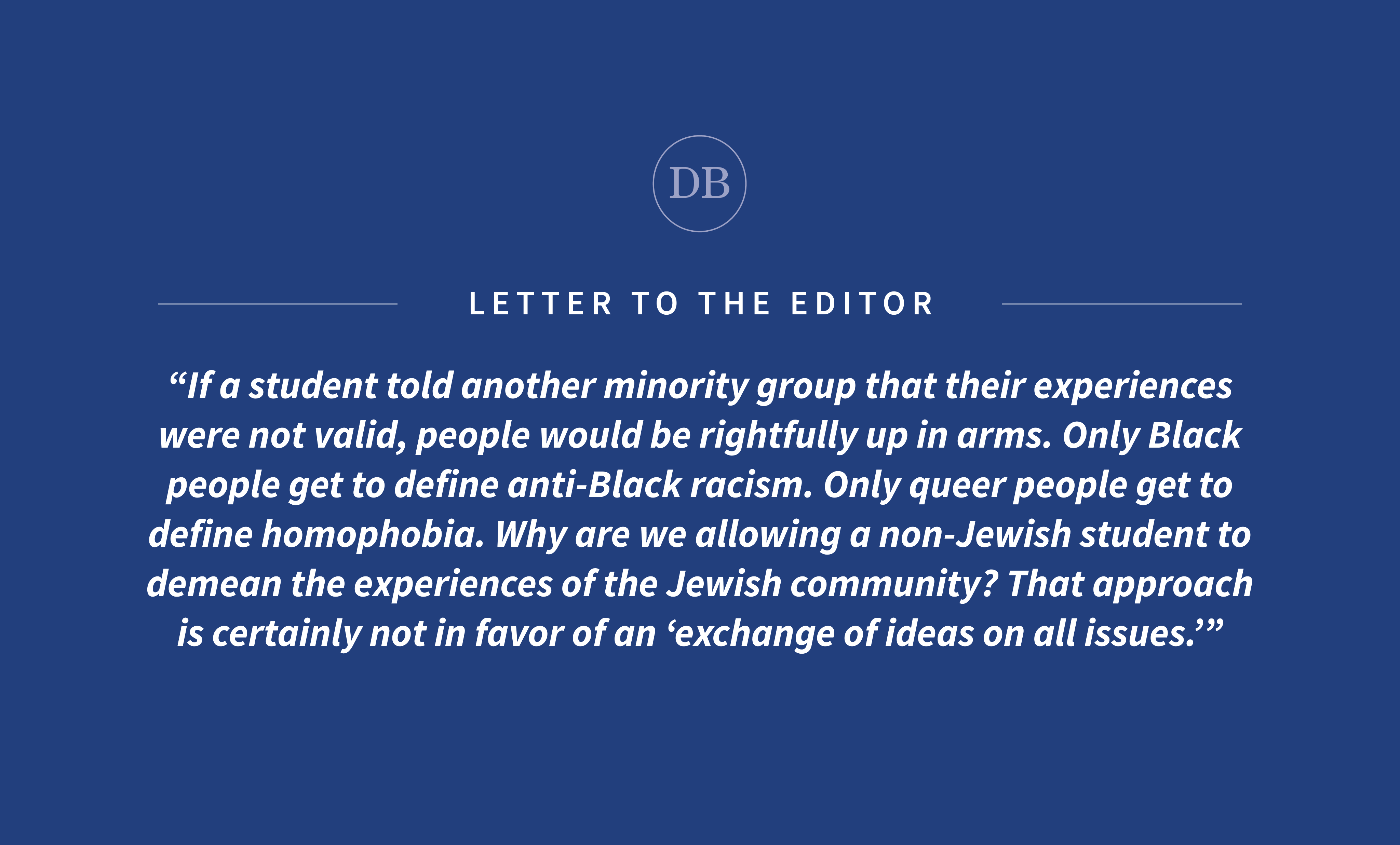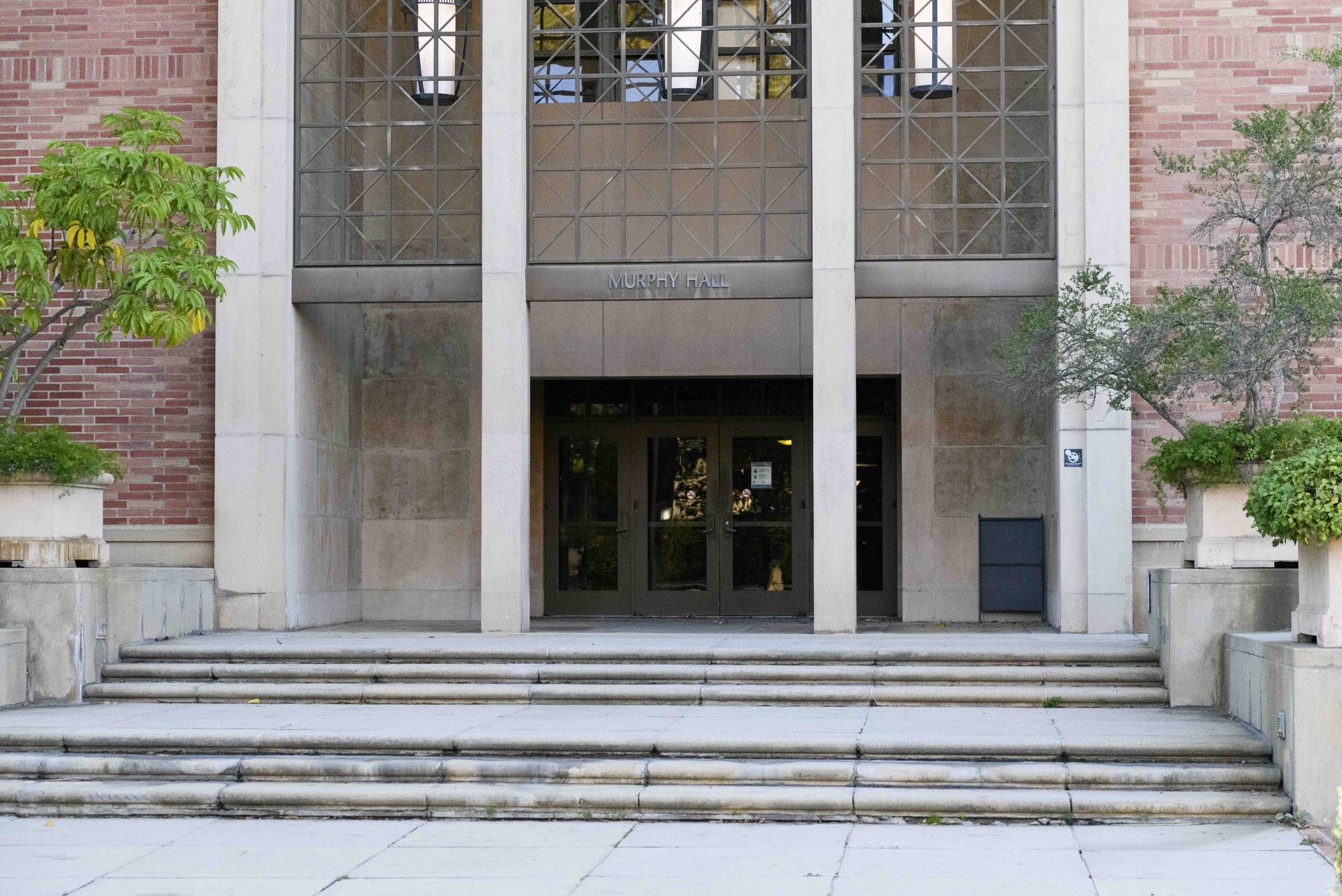Op-ed: Antisemitic imagery at UC Regents meeting protest threatens campus discourse
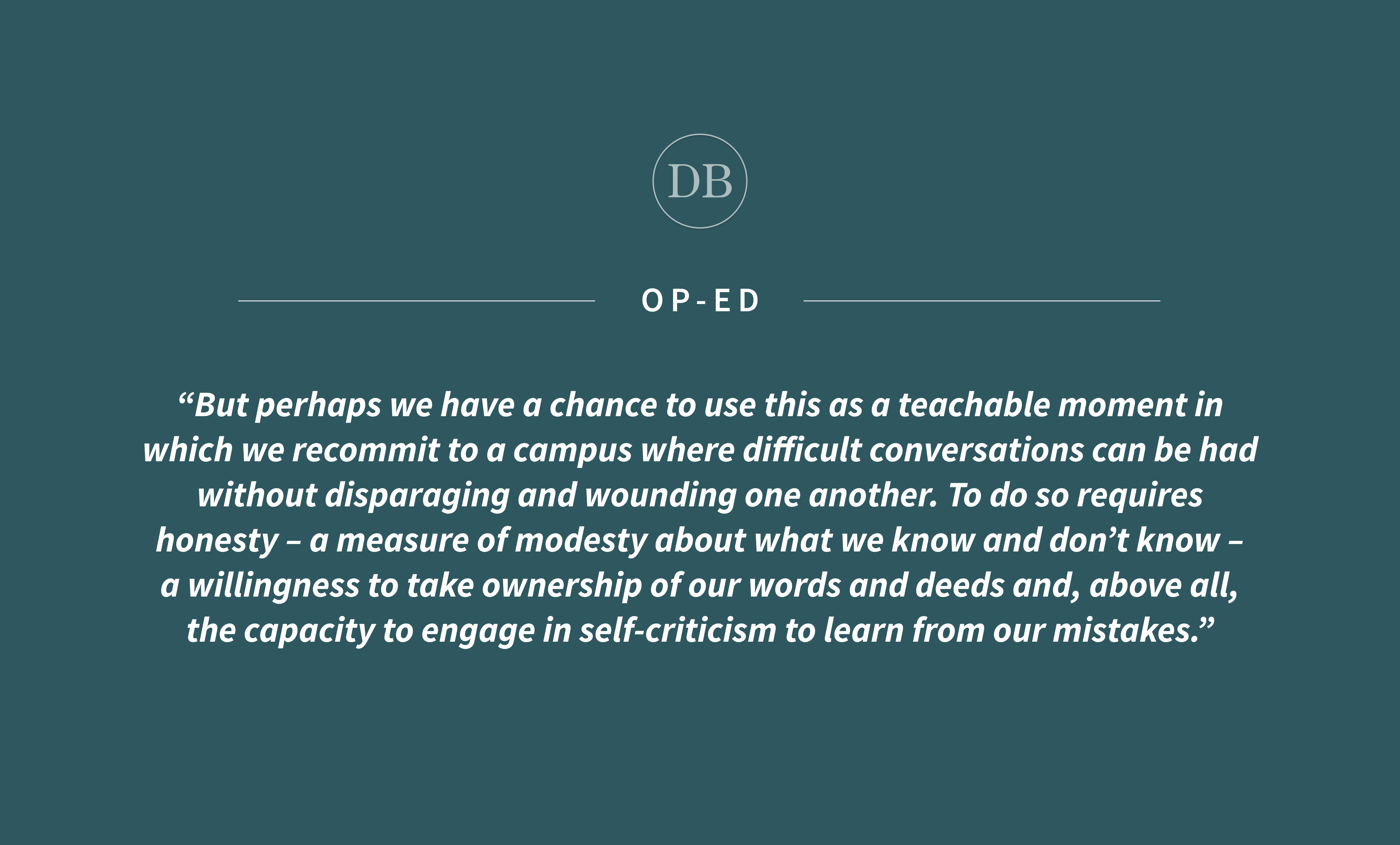
By David Myers
April 2, 2024 10:22 p.m.
Since Oct. 7, our campus – like so many across the country – has been the site of intense and often tense discourse and action. The divide between those who support the cause of Palestinian liberation and those who support Israel’s right to exist has deepened more than at any point in my 32 years at UCLA, creating a seemingly unbridgeable gulf between the two sides.
It has also created, at various points in time, a sense of unsafety among many members of the university community, especially students. This too tracks larger national trends, according to a 2024 report that shows that 56% of Jewish university students polled after Oct. 7 felt in personal danger, and 52% of Muslim students felt in personal danger.
It is not just a sense of safety that has fallen into the abyss. It is the ability to grasp complexity and nuance in making sense of the violent world we live in.
Sadly, there are too few voices – at least, audible ones – that are willing to acknowledge, at once, the Hamas-perpetrated massacre of Oct. 7 and the ongoing devastation that Israel has wrought in Gaza. In fact, it is possible to acknowledge both – and to support the long-deferred right to self-determination of Palestinians and the right of Jews to live in peace and security in the land they inhabit.
Another victim of the current moment is the ability to extend beyond ourselves to understand the other, especially those with whom one disagrees. A startling example of that failing appeared on our campus March 20 to 21 in the form of a statue placed near the Meyer and Renee Luskin Conference Center, where the UC Board of Regents was meeting. The regents’ meeting attracted protesters who bore signs and uttered chants calling for divestment from companies that have ties to the Israeli military. Alongside these signs, someone placed in the designated free speech area next to the regents’ meeting a statue that depicted a pig holding a bag of money in one hand and a birdcage with a keffiyeh in the other.
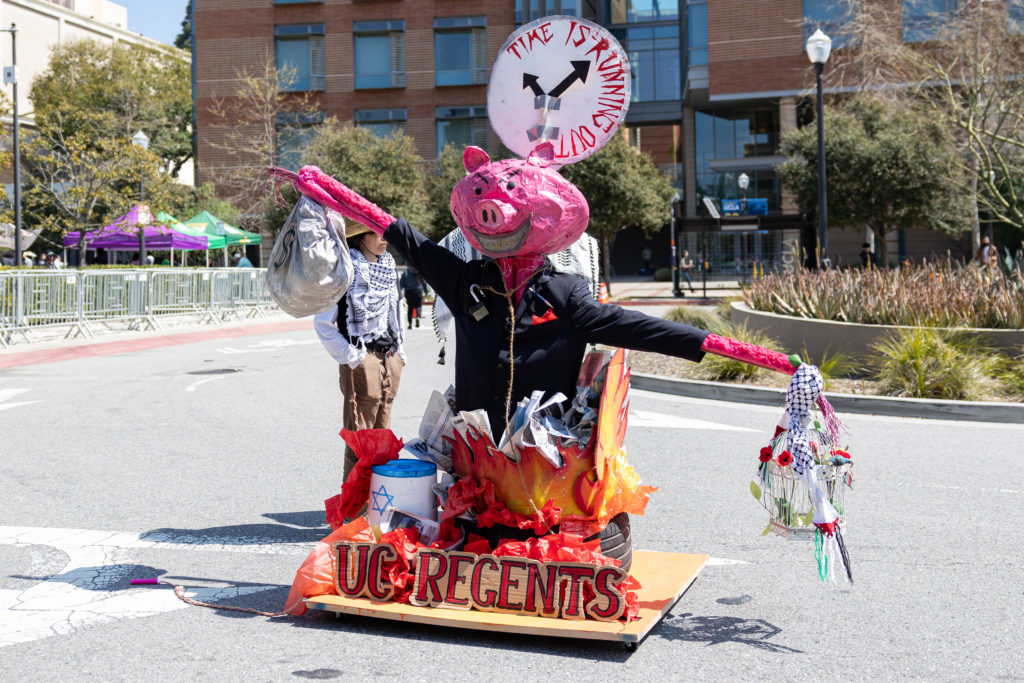
To anyone familiar with classic antisemitic stereotypes, it is impossible not to recoil. Since the 13th century, Jews have been associated with pigs – or, more accurately, with their coarse and animal-like quality. Medieval Christian Europe was replete with statues and carvings of the Judensau, the so-called “Jews’ pig,” which depicted Jews suckling at the udders of a sow. The image of this desperate and filthy act stands in stark contrast to the religiously mandated abstinence of Jews from consuming pork.
Indeed, for Jews – as well as for Muslims – the pig is the epitome of uncleanliness, reflecting the kind of perverse paradox on which anti-Jewish and other group-based hate rests. Ironic as the association may have been, it did not die in the Middle Ages; rather, it became a feature of Nazi propaganda that cast Jews as Judenschwein, meaning Jewish pigs. And since that time, antisemites have equated Jews with pigs, or worse, hurled pig parts at Jews to express their revulsion.
So too the juxtaposition between a hand holding a birdcage – presumably to symbolize the lack of freedom of Palestinians – and a hand holding a bag of money triggers alarms for those familiar with the history of antisemitism. Haters of Jews, such as the late 19th-century French author Édouard Drumont, have repeatedly cast them as avaricious, money-grubbing, materialistic and intent on global economic domination. Antisemites branded the Rothschilds, the wealthy European Jewish banking family, as the living embodiment of the Jewish quest to monopolize the world for their own self-interest.
It is hard not to see the staging of the two hands – the upper hand holding money and the lower hand holding the birdcage – as a visual representation of Jews’ domination of Palestinians. But what would seem to be the real tell with respect to the statue’s ultimate meaning is the blue and white bucket at the bottom left of the pig, which is emblazoned with a star of David.
Again, to anyone familiar with the repertoire of antisemitic images, it is hard to regard the assemblage of the pig, bag of money and star of David as anything other than a case of antisemitism that taps into deeply ingrained stereotypes.
In our current moment, when we vilify first and ask second, it is necessary to ask the builders of the statue: What did you have in mind? Did you have some other aim or intent than to trigger antisemitic associations? Were you trying to excoriate Israel in some way without identifying it with Jews, avarice and a pig?
If so, then it is important to recognize that the statue was deeply wounding to many members of the campus community. The cause of justice, equality and freedom for Palestinians, which many Jews strongly support, will not be advanced by recourse to antisemitic stereotypes. Even if such an offense were not your intent, it was the effect.
A good next step would be to learn more about the history of antisemitism so as to resist the impulse to conflate the critique of Israel with the ugliest misrepresentations of Jews.
Episodes such as this can all too easily widen the chasm between groups and create rifts among those who might otherwise have stood together in solidarity.
But perhaps we have a chance to use this as a teachable moment in which we recommit to a campus where difficult conversations can be had without disparaging and wounding one another. To do so requires honesty, a measure of modesty about what we know and don’t know, a willingness to take ownership of our words and deeds and, above all, the capacity to engage in self-criticism to learn from our mistakes.
The stakes are high for the health of our university community, so let us not squander the opportunity.
David N. Myers is a distinguished professor and holds the Sady and Ludwig Kahn Chair in Jewish History at UCLA. He directs the new Dialogue across Difference Initiative and the UCLA Initiative to Study Hate.



